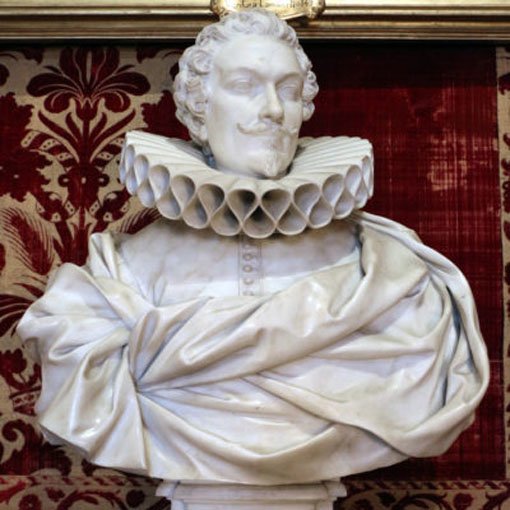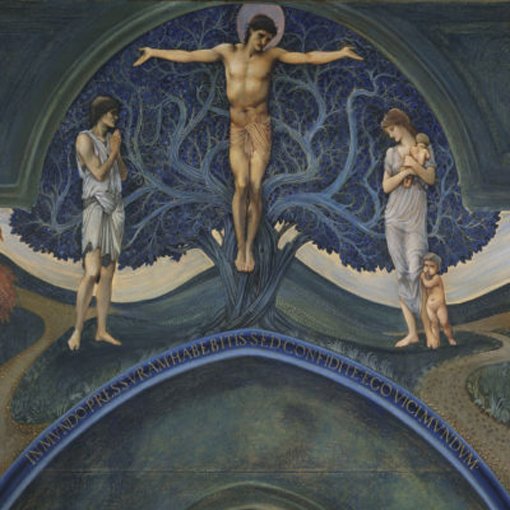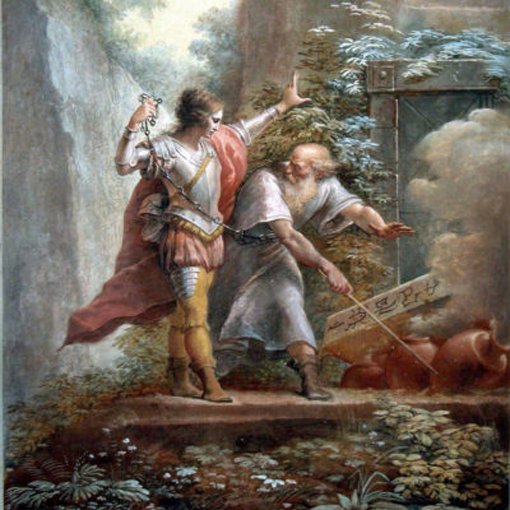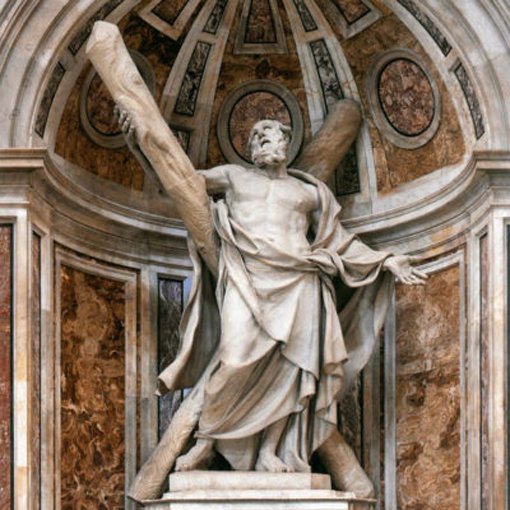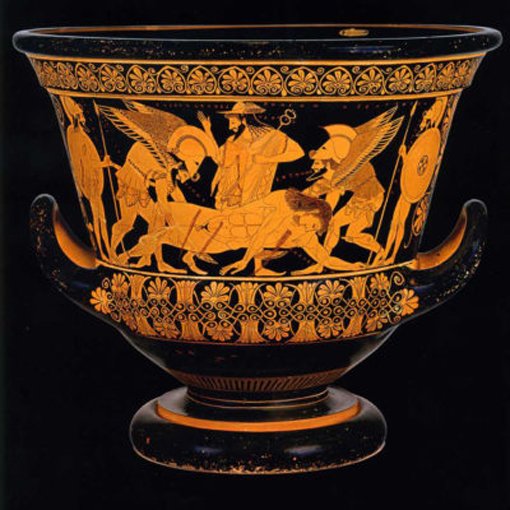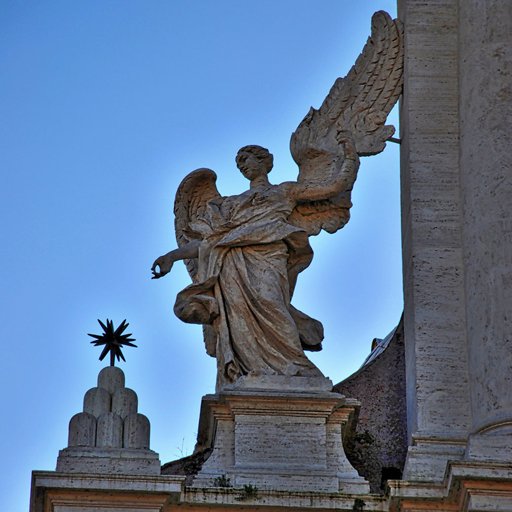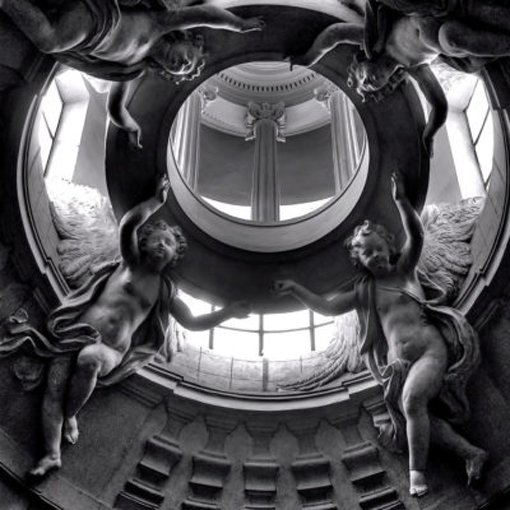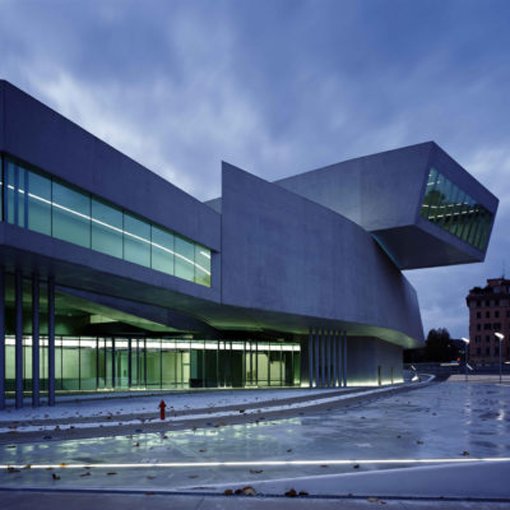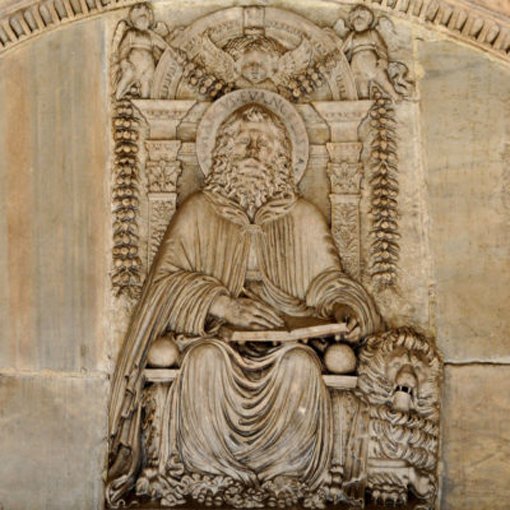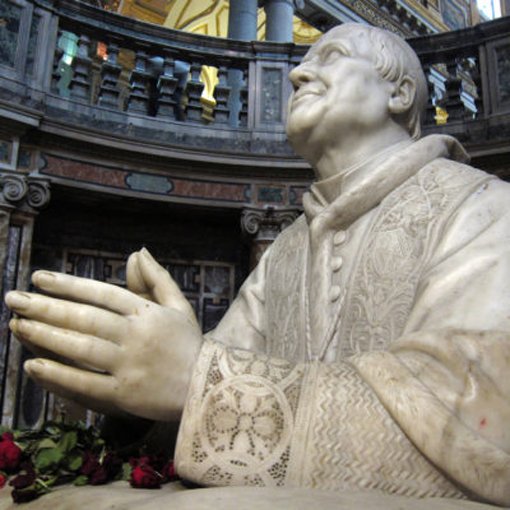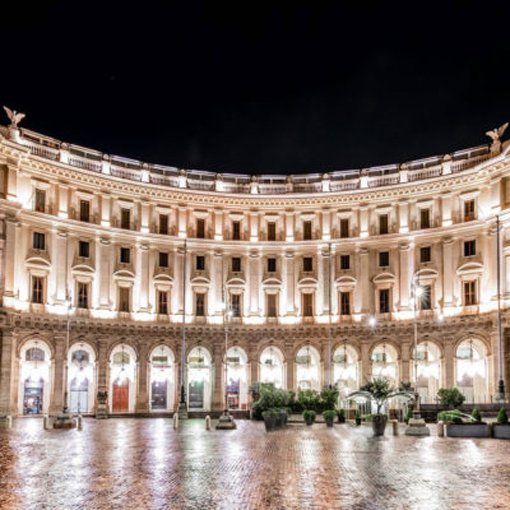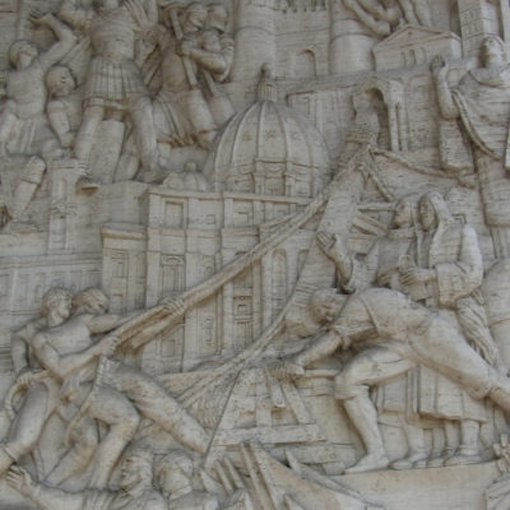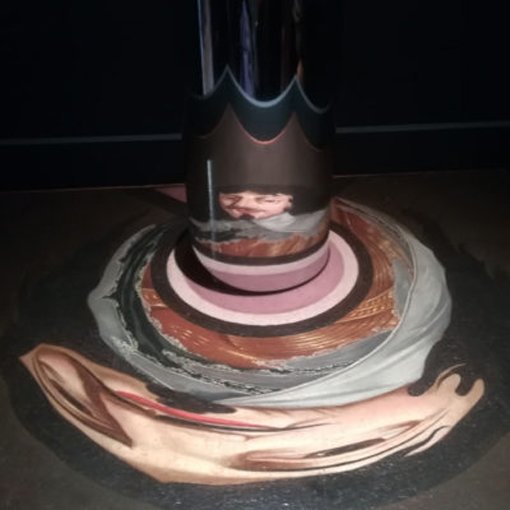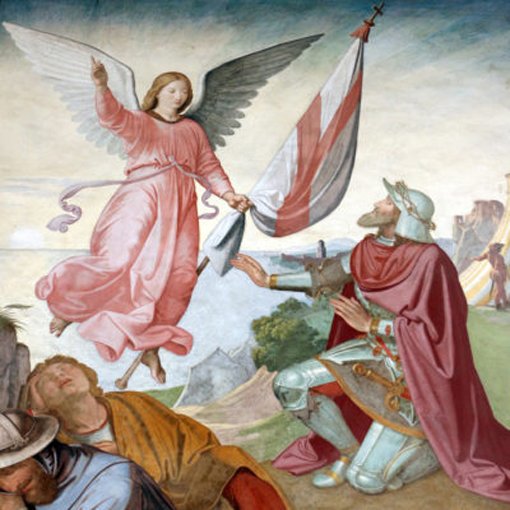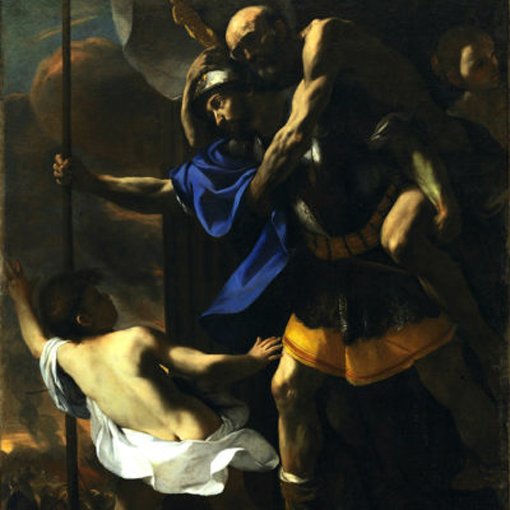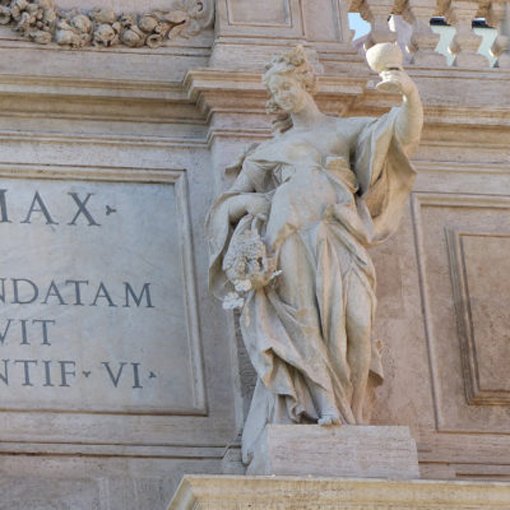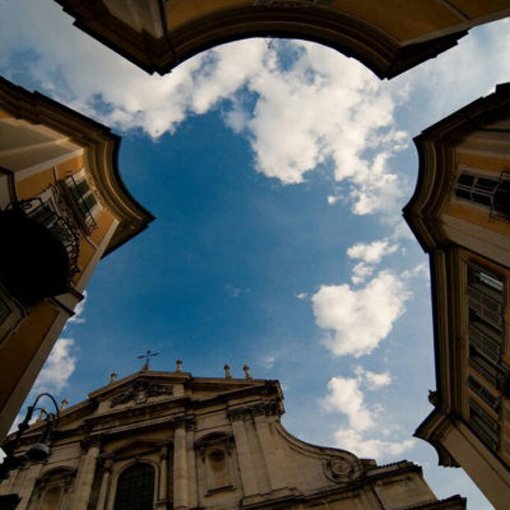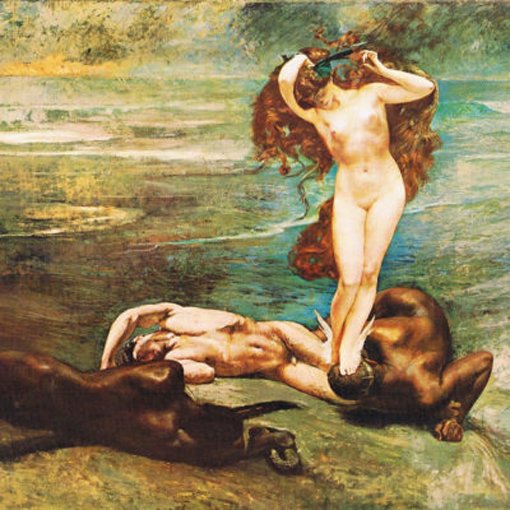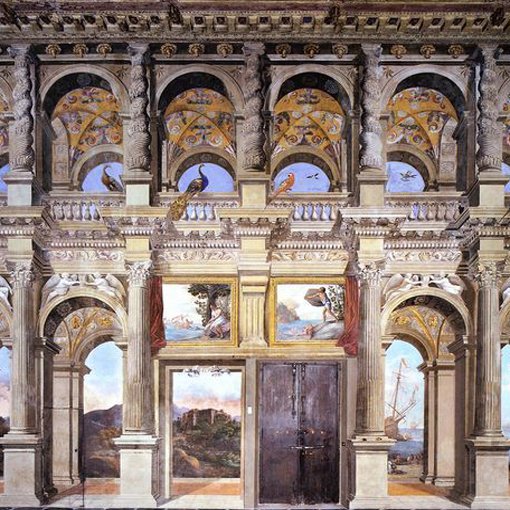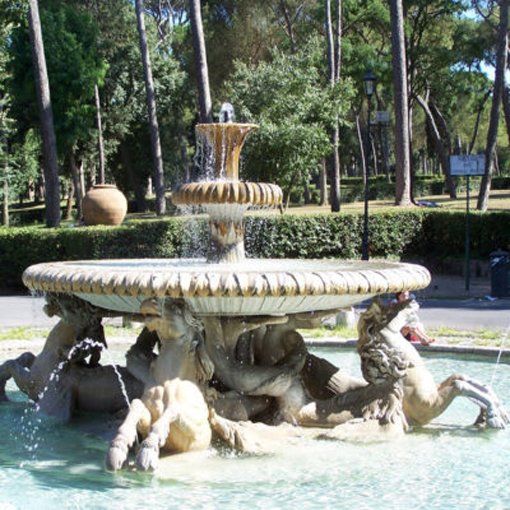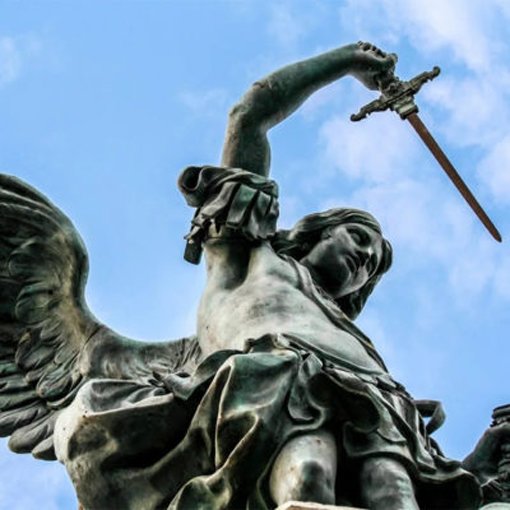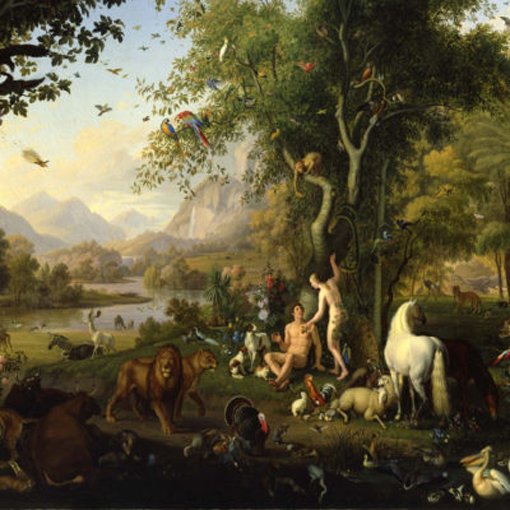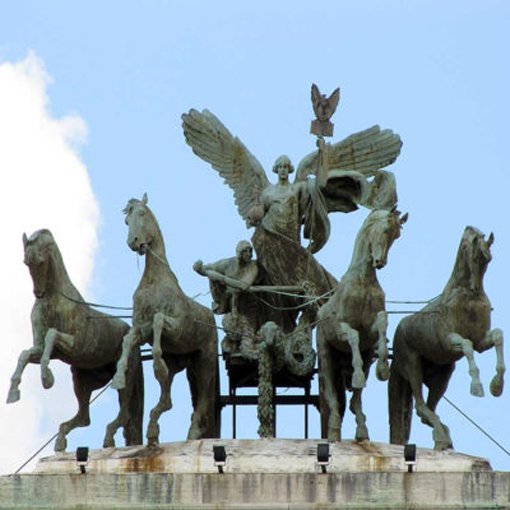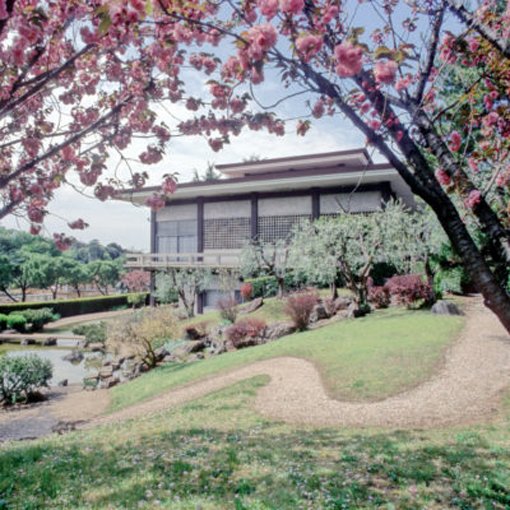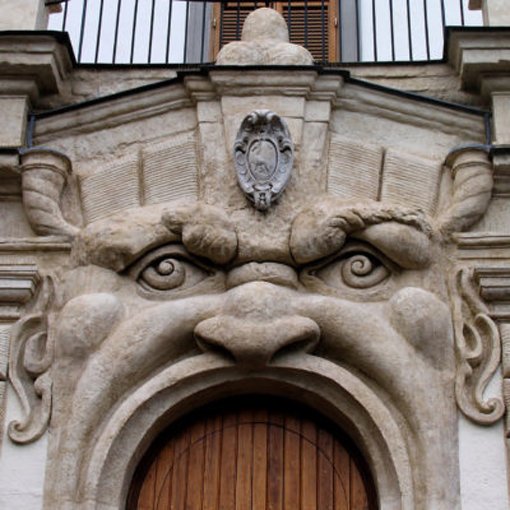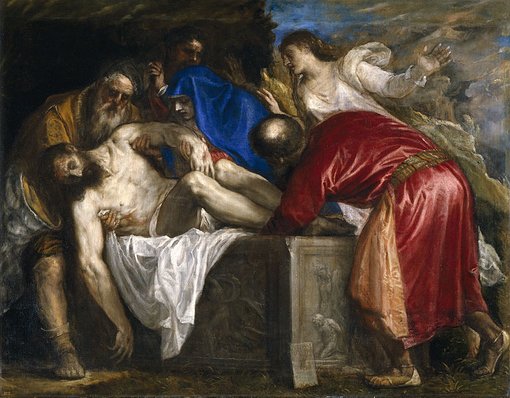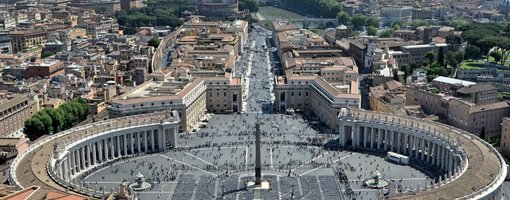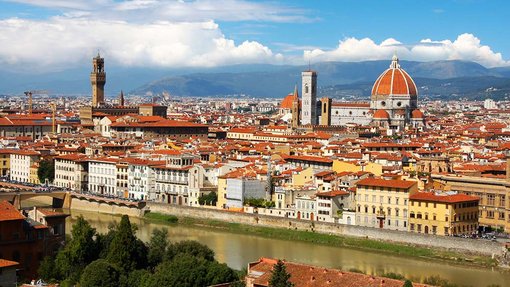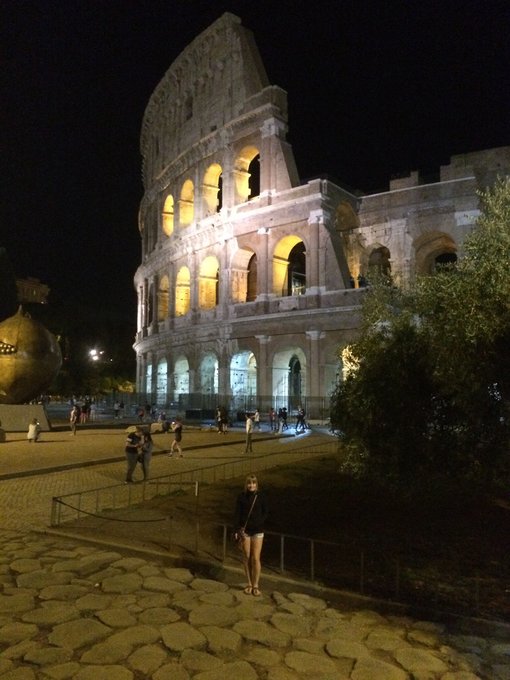When the tourists arrive in Rome, they are immediately attracted by the magnetic energy of the Renaissance frescoes by Michelangelo and Raffaello, by the stunning architectures of the Baroque churches and buildings designed by Gian Lorenzo Bernini and Francesco Borromini, by the realistic paintings of Caravaggio e by the neoclassical perfection of Antonio Canova.
It seems that Rome can offer a large Highway to lead the visitors in front of the most famous and impressive masterpieces of the Eternal City.
Indeed, a lot of additional extraordinary jewels are hidden in between the streets and the palaces of Rome and Province: is it possible to make a summary of them, to let the tourists discover these concealed gems and the names of the artists who created these masterworks?
The Cultural Association Rome Guides will try to offer you a short list of 26 artworks in Rome, one for each letter of the alphabet, throwing down the gauntlet of the challenge: who will win the prize for Best Supporting Actor?
A as ALGARDI
Completely covered by the celebrity of Gian Lorenzo Bernini, today it is necessary to mention the Bolognese Alessandro Algardi when talking about sculpture in the 17th century. With a more classical approach, he was an eclectic artist, skilled in in portraits (Benedetto Pamphilj in the picture), in small sculptures and in monumental masterpieces (Tomb of Leo XI).
B as BURNE-JONES
The Anglican Church of St. Paul Inside the Walls was painted by Sir Edward Coley Burne-Jones, a remarkable member of the English Pre-Raphaelites. The amazing series of mosaics represent scenes from the Apocalypse and images of the Fathers of the Church. Several saints are portraits of important personalities of the 19th Century, as Abraham Lincoln (St. Andrew), General Grant (St. Patrick) and Giuseppe Garibaldi (St. James).
C as CADES
You can find one of the best painting productions of the Roman 18th Century in Palazzo Chigi in Ariccia: The Hall of Ariosto. This masterpiece is remarkable for its fine execution and for the evocative output. Giuseppe Cades, known for his tireless talent, with a tempestuous disposition, created for Prince Sigismondo a fresco with his most appreciated poem, the "Orlando Furioso". The visitor will be absorbed in narrative about women, knights, weapons and love…
D as DUQUESNOY
When visiting the Vatican Museums, you may end your Tour in St. Peter's Basilica. At the very end of your walk you can conclude your visit in the Vatican Grottoes, taking a little staircase down the massive statue of St. Andrew: created by the Flemish sculptor François Duquesnoy. Obtained popularity for his Cherubs, he started with the creation of big sacred size masterpieces, as St. Suzanne in the Church of St. Mary of Loreto.
E as EUPHRONIOS
Visiting the Etruscan Museum of Villa Giulia you can study this incredible crater, stolen in 1971 and returned in 2008. Euphronios, the artist of red figures, created it in the 6th Century BC by. Among the scenes depicted, as Sarpedonte's death and the young Athenians in the act of dressing, you can admire the most beautiful Greek man at Euphronios' time, as written in the inscription.
F as FERRATA
When you look at the Church of St. Andrew of the Valley you can notice on the cornice of the façade an unusual asymmetry: an angel on the left side but not on the right side. According to the Roman legend, Pope Alexander VII who had commissioned the work to the sculptor Ercole Ferrata, didn't like it, refusing to pay for the second one. Ferrata, upset by the opinion of the Pope, showed his frustration: "If the Pope doesn't like the angel, he can do it by himself!".
G as GHERARDI
When visiting the Church of St. Mary in Trastevere you are totally immerged int the shing gold mosaics of the apse, surrounded by the massive columns taken from the Baths of Caracalla. By surprise in this medieval church you can find along the left nave a baroque work: the Avila Chapel. Created by the painter and architect Antonio Gherardi you can admire the vault of this little chapel, a real baroque masterpiece.
H as HADID
We can easily refer to Zaha Hadid as the master of architecture in the 21th century. Redefining the architectonical art, created great contrasts using materials of different kind, opposing colors, fusing together antithetical internal structures. Black staircases made of metals are self-sustaining, white walls, metal, glass and cement create and overwhelming modern environment.
I as ISAIAH FROM PISA
Isaiah from Pisa, of whose adolescence little is known, arrived in the city of Rome as an "expert magistrate" to decorate the city with his works of art. Close to Venice Square, in the church of St. Mark the Evangelist we can find an amazing bas-relief on top of the entrance door representing the Saint. The Sarcophagus of Pope Eugene IV and the Sarcophagus of St. Catherine are other masterpieces of this artists.
J as JACOMETTI
Ignazio Jacometti (father of nine children) can be considered an incredible and prolific neoclassical artist. The city of Rome counts many of his works of art like the Kiss of Judas at the bottom of the Holy Stairs, at the base of the Immaculate Conception Column the representation of Moses, or the statue of Pius IX in the act of praying in front of the altar of St. Mary Major (in the photo above). Even outside Rome, in the city of Anguillara Sabazia you can find his works.
K as in KOCH
With the unification of Italy, Rome became the capital of the new country, Italy. It was then necessary to embellish the city and to reorganize it from the urbanistic point of view. The protagonist in these years was Gaetano Koch. Going to Republic Square you can find an amazing scenography: the two buildings embracing the square, built on the old Roman exedra of the Diocletian Baths, created in the 19th century. This is one of Gaetano Koch's masterpieces.
L as LIGORIO
Today the name of Pirro Ligorio is famous. He is the brilliant creator of Villa d'Este, the artist of Pio V's Casino, the architect of the notorious niche of the Belvedere Courtyard in the Vatican Museum. You may not know that in his times his name was almost forgotten by Vasari in his work about lives of great man, because Michelangelo asked Vasari himself not mention him, as they were not getting on well.
M as MORBIDUCCI
Visiting the Building Office located in the EUR district you can admire the work of art of Publio Morbiducci: a travertine bas-relief. Depicted on this masterpiece you can enjoy the description of the history of Rome, from its beginning, with Romulus and Remus suckling from the she-wolf, to the triumphal entrance of Mussolini on his horse, cheered by children. Preserved in perfect conditions, you will notice that the face of Mussolini was damaged in 1943 as sort of a "damnatio memoriae".
N as NICERON
Jean-François Niceron is able to leave you speechless in front of his incredible inventions. Mathematics teacher, researcher of optics and perspective, invented a new art of illusion: the anamorphic decoration. Looking from specific points of observation, or using metal surface for reflection, figures take shape from apparently non-shaped images. Niceron can be considered a master of the baroque illusion.
O as OVERBECK
In Villa Massimo, inspired by Torquato Tasso's poem, the "Jerusalem Liberated", Friedrich Overbeck created a great masterpiece. It took ten years of intense work, for this artist in bad health. Friedrich Overbeck belonged to the artistical group of Nazarenes whose precepts were an ascetic life and hard work. As all Nazarenes, he refused the foundations of neoclassicism counterposing to it a severe, solemn and sacred style.
P as PRETI
With over 400 paintings, Mattia Preti had a long and fecund career. Was born close to Catanzaro and was named "Calabrian knight" by Pope Urban VIII. Caravaggio had a great influence on this artist, that developed a dark and serious style. The art historian Roberto Longhi described him with these words: "...intense and explosive, with his realism he was second only to Michelangelo Merisi". He became the most famous man of art in the island of Malta.
Q as QUEIROLO
On top of the famous Trevi Fountain we can admire four beautiful statues, representing the four seasons. One of them, the autumn, was created by Francesco Queirolo from Genova. This artist is extremely famous in Naples in the Sansevero Chapel. Though the masterpiece of the Chapel is the Veiled Christ here you can find a little sculpture that will surprise for its fine accuracy: the Disillusion, covering himself with a net, in which the artist put all his incredible skills.
R as RAGUZZINI
In Rome, if you want to admire a Rococo style architecture you have to refer to Filippo Raguzzini. In the square of St. Ignatius, right in front of the Church, the artist created a theatrical scene with concave and convex walls and roofs, decorating the façades of the buildings with articulated balconies. Considered one of the masters of this style, Raguzzini was extremely inspired by the work of Francesco Borromini.
S as SARTORIO
Aristide Sartorio can be considered a Symbolist artist. This artistical tendency is typical of the beginning of the 20th century, a time in which artists, not satisfied by politics, took shelter in the myth. "The Gorgon and the Heroes" is a painting in which the Aestheticism tendency reveals himself, beauty is the basic of art and life. The Gorgon, in this representation, ignores men of all races laying at her feet, showing universal symbols of power (the crown, the cane and the snake).
T as TASSI
When talking about Agostino Tassi, the painter of the 17th century, we remember the bad acts that he committed in his life. Accused for the rape of Artemisia Gentileschi he paid off the witnesses during the trial to win. Tassi, nevertheless, became a very famous artist in his times in Rome. Remarkable is the Corazzieri Room in the Quirinal Palace or in Lancellotti Palace (as you see in the picture). On this occasion he showed his great abilities in painting landscapes and perspectives.
U as UNTERPERGER
In the Villa Borghese park, close to the square of Siena, strolling around, you can find a beautiful fountain representing a group of sea horses, holding a small basin with hands and tails. The work of art is a creation by Cristoforo Unterperger of the 18th century. This artist became a famous name in the neoclassical environment and was called to embellish all the greatest residences of Popes, as the Vatican, the Quirinal Palace and Castelgandolfo.
V as VON VERSCHAFFELT
Peter Von Verschaffelt is a very famous Flemish sculptor. In Rome he created the bronze statue of the archangel St. Michael located on top of St angel Castle, in the act of putting the sword back into the scabbard. Flemish artists are usually famous for the details in depicting flowers and fruits in paintings and tapestries. Here, Peter Von Verschaffelt, with his only work in Rome, gained eternal glory.
W as WENZEL
The last painting that you will find at the end of the Vatican Art Gallery is “Adam and Eve in the Earthly Paradise". The author of this amazing work of art is Peter Wenzel. Here he depicted, surrounding Adam and Eve, more than two hundred animals from all over the world. With his perfect art, he joined his scientific knowledge with his pictorial skills, creating an amazing virtuous painting.
X as XIMENES
Looking at the "Palazzaccio" (the Ugly Palace) you can distinguish on topo of it a winged Victory driving a bronze quadriga. The author is Ettore Ximenes from Palermo. At the beginning his art was put at disposal of the nationalist ideals of the end of the 19th century, then he slightly moved to the Liberty Style, in which he could find free expression for his creativity. Villino Ximenes, his home, is a perfect example of this style of the beginning of the 20th century.
Y as YOSHIDA
Rome is an incredible city, where just changing district you can make a little journey all over the world. Few steps from the National Gallery of Modern Art and the Architecture Faculty, you can enter Japan. Created by architect Yoshida Isoya in Heian style you can find the Japanese Institute of Culture with an amazing garden adorned with ponds created by Ken Nakajima. Rarely it opens for guided visits.
Z like ZUCCARI
Federico Zuccari, once in Rome, started to create his own residence, that could interpret his fame and mannerism. Spending all his money for this project he realized the famous Façade along Via Gregoriana, decorated with bizarre doors and windows with faces and masks as frames. Though his efforts, Roman citizens didn't appreciate the peculiar decorations, naming the palace “*The monster house*”.
